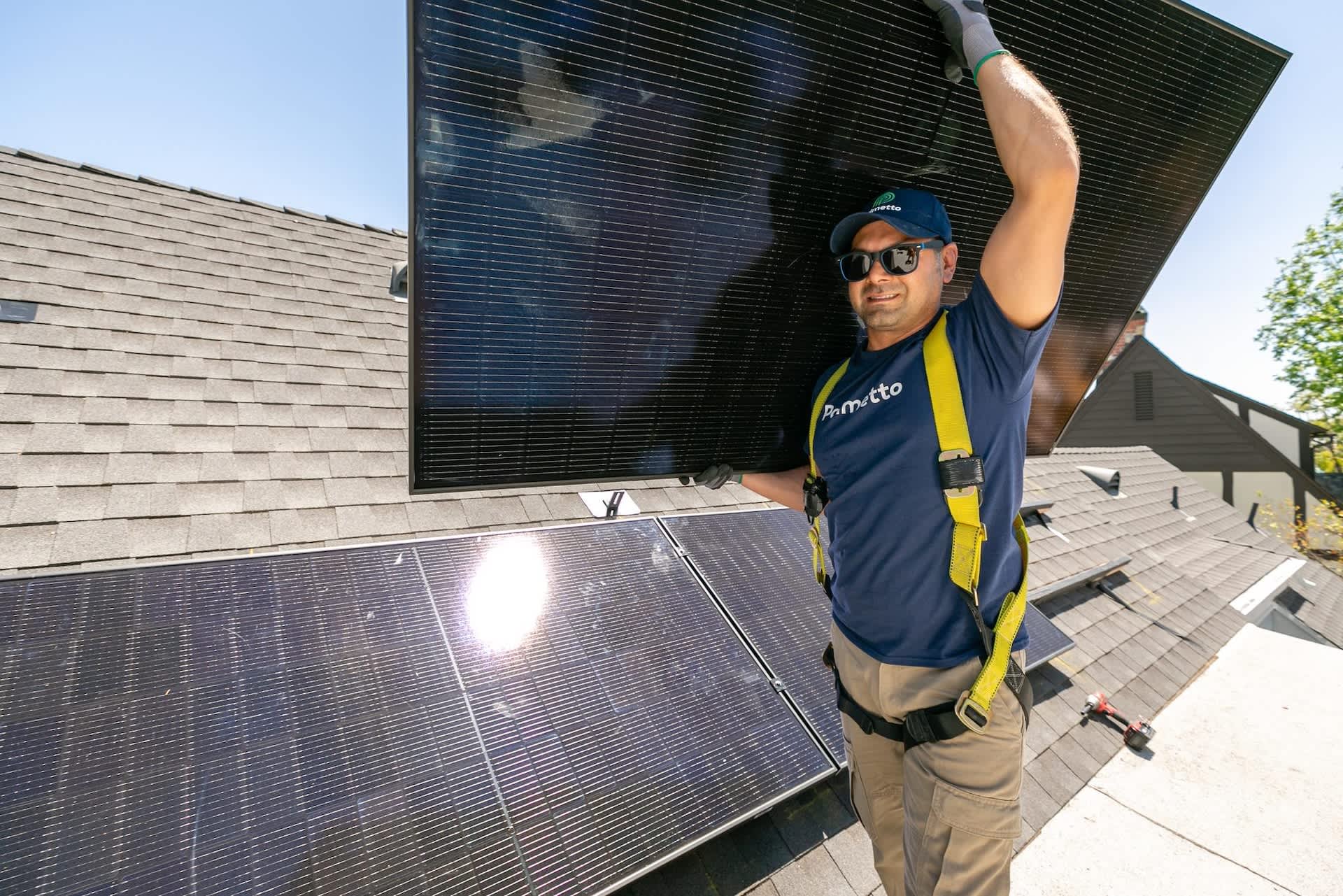Fervo Energy is expediting its underground heat extraction process, unlocking renewable geothermal power that could begin playing a greater role in electricity production in the United States.
The latest drilling breakthrough has been making headlines, including in Renewable Energy Magazine and The Salt Lake Tribune, for shaving 70% off the time needed to complete a borehole.
Geothermal accounts for just under a half of a percent of total utility-scale power generation in the United States, per the government. But the latest news could help to greatly increase that statistic. In fact, subterranean heat is already powering Google data centers, Seequent reports.
To access the heat, experts must drill into Earth's crust. That's where Fervo has made great progress, utilizing insight learned from the dirty-energy fracking process. At its Utah Cape Station project, the drill team bore into solid granite, completing the hole in an astounding 21 days, according to the sites and news releases.
"We believe that Cape has at least 2 gigawatts of geothermal potential," Fervo strategic communications specialist Chelsea Anderson told the Tribune.
It's part of a sprawling project that could include around two dozen wells. The goal is to start pumping out 90 megawatts of continuous power by 2026 and expanding to a larger, 400-megawatt installation by 2028, according to the Tribune.
Can't afford solar panels? Here's how to get them without paying for purchase or installation Palmetto's revolutionary LightReach program gives you all the benefits of solar power without the upfront costs. LightReach lets you lease solar panels with no money down, making it easier than ever to lock in energy savings. Palmetto assumes all risk and responsibility for the panels you lease, which means you'll get reliable performance without unforeseen costs. To get started, just answer a few basic questions about your home and learn how much you can save. Learn more → |
Watch now: Head & Shoulders director explains why the company created a new version of its iconic shampoo
"Demand for around-the-clock clean energy has never been higher, and next-generation geothermal is uniquely positioned to meet this demand," Fervo CEO Tim Latimer said, per the outlet.
Geothermal heat leverages the extremely hot temperatures deep underground, either accessing hot water already there or heating water that's sent downward. The hot H2O is generally used to power a surface-level turbine to make electricity. There are different setups, all leveraging Earth's temperatures to make cleaner, abundant energy, as described in a Department of Energy video clip.
These are deeper projects than home-based systems, which are great options to help homeowners lower their energy bills for heating and cooling. Substantial tax breaks are available to cover up to 30% of the cost, depending on the timing.
The government has high hopes for the tech — citing studies that state there's potential for 60-90 gigawatts of "electricity-generating capacity, more than 17,000 district heating systems, and up to 28 million geothermal heat pumps" by 2050. That would provide an air pollution reduction on par with removing 26 million cars from roads, all per the Energy Department.
TCD Picks » Grove Collaborative

Fervo's horizontal drilling technique, in part borrowed from the fossil industry, bores 8,000 feet deep before going 5,000 feet horizontally. Fracking opens up fissures in the hot rock, which water fills. It's heated and pumped back to the surface for use in a repeated process, per a Tribune explanation.
Other projects are digging even deeper. Quaise Energy, from Massachusetts, intends to drill 12 miles into Earth to access super-hot temperatures, bringing the energy to the surface to power turbines at defunct dirty-energy plants.
Fracking has long had opponents. Many of the concerns deal with water use and contamination specific to fossil-based projects. The Natural Resources Defense Council notes that it's hard to control how far fissures extend. There is the potential for them to reach natural fault lines or drinking water deposits, causing contamination.
Fervo has hundreds of millions of dollars in financing, successful operations, and a demand for clean energy as an onus for its continued work, according to published reports.
Its speedier drilling ability will only help to expand the sector.
"Faster and more reliable drilling will speed up delivery and cut costs for geothermal projects," Selene Law, a senior associate at the Cleantech Group, told Renewable Energy Magazine.
Join our free newsletter for weekly updates on the latest innovations improving our lives and shaping our future, and don't miss this cool list of easy ways to help yourself while helping the planet.
















